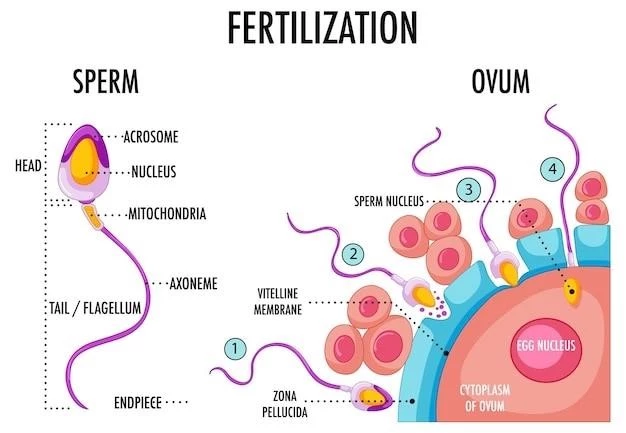Understanding Congenital Fiber Type Disproportion
Understanding the causes of Congenital Fiber Type Disproportion is crucial. It is believed to be a genetic condition, but more research is needed for a comprehensive understanding.

Causes of Congenital Fiber Type Disproportion
Congenital Fiber Type Disproportion is thought to be caused by genetic mutations affecting muscle fibers. These mutations impact the distribution of muscle fiber types, leading to muscle weakness and other symptoms. While the exact cause is not fully understood, ongoing research is aimed at unraveling the underlying genetic factors contributing to this condition.
Symptoms of Congenital Fiber Type Disproportion
The symptoms of Congenital Fiber Type Disproportion can vary from person to person. Common signs may include muscle weakness, delayed motor skills development, poor muscle tone, and fatigue. Individuals with this condition may also experience difficulties with mobility, breathing, and overall muscle function. It is essential to consult a healthcare professional for a proper evaluation and management plan tailored to specific symptoms and needs.
Diagnosis of Congenital Fiber Type Disproportion
Diagnosing Congenital Fiber Type Disproportion typically involves a combination of clinical assessments, genetic testing, muscle biopsies, and electromyography studies. A thorough evaluation by a healthcare team specialized in neuromuscular disorders is essential for an accurate diagnosis. It is important to seek medical advice promptly if you suspect symptoms related to this condition. Diagnosis is key to developing a comprehensive treatment plan and accessing appropriate support services.
Treatment Options for Congenital Fiber Type Disproportion
Treatment for Congenital Fiber Type Disproportion focuses on managing symptoms and improving quality of life. Physical therapy, occupational therapy, and orthopedic interventions can help maintain muscle strength and function. Assistive devices, such as braces or wheelchairs, may be recommended to support mobility. Regular medical monitoring and individualized care plans are essential to address specific needs. Consult with healthcare providers experienced in neuromuscular disorders to explore suitable treatment options tailored to your condition;
Prognosis of Congenital Fiber Type Disproportion
The prognosis of Congenital Fiber Type Disproportion varies depending on the severity of the condition and individual factors. While it is a lifelong condition, early diagnosis and appropriate management can help improve outcomes and quality of life. Regular medical follow-ups, adherence to treatment plans, and a supportive network are crucial for long-term well-being. Stay informed, stay connected with healthcare providers, and maintain a positive outlook for managing challenges associated with this rare muscle disorder.
Research and Studies on Congenital Fiber Type Disproportion
Ongoing research and studies on Congenital Fiber Type Disproportion aim to enhance our understanding of this rare muscular condition. Scientists are investigating genetic mechanisms, muscle fiber development, and potential treatments. Clinical trials and collaborative efforts within the medical community are essential for advancing knowledge and improving outcomes for individuals affected by this disorder. Stay informed about the latest research findings and consider participating in research initiatives to contribute to the progress in managing Congenital Fiber Type Disproportion.
Living with Congenital Fiber Type Disproportion
Living with Congenital Fiber Type Disproportion requires a holistic approach focused on maintaining physical health and emotional well-being. Implementing a balanced exercise routine, following a nutritious diet, and prioritizing rest are essential for managing symptoms and optimizing muscle function. Additionally, seeking support from healthcare providers, engaging in physical therapy, and connecting with support groups can provide valuable resources and encouragement. Embrace a positive mindset, stay proactive in your care plan, and cultivate a strong support system to navigate the challenges associated with living with this rare muscle disorder.
Support and Resources for Congenital Fiber Type Disproportion
Individuals and families affected by Congenital Fiber Type Disproportion can benefit from various support services and resources. Seeking guidance from healthcare professionals specialized in neuromuscular disorders, joining patient advocacy groups, and connecting with online communities can offer valuable support and information. Accessing assistive technology, exploring financial assistance programs, and staying informed about research developments are key aspects of managing this condition effectively. Remember, you are not alone – reach out for support, stay informed, and empower yourself with knowledge and resources to navigate the challenges of living with Congenital Fiber Type Disproportion.
